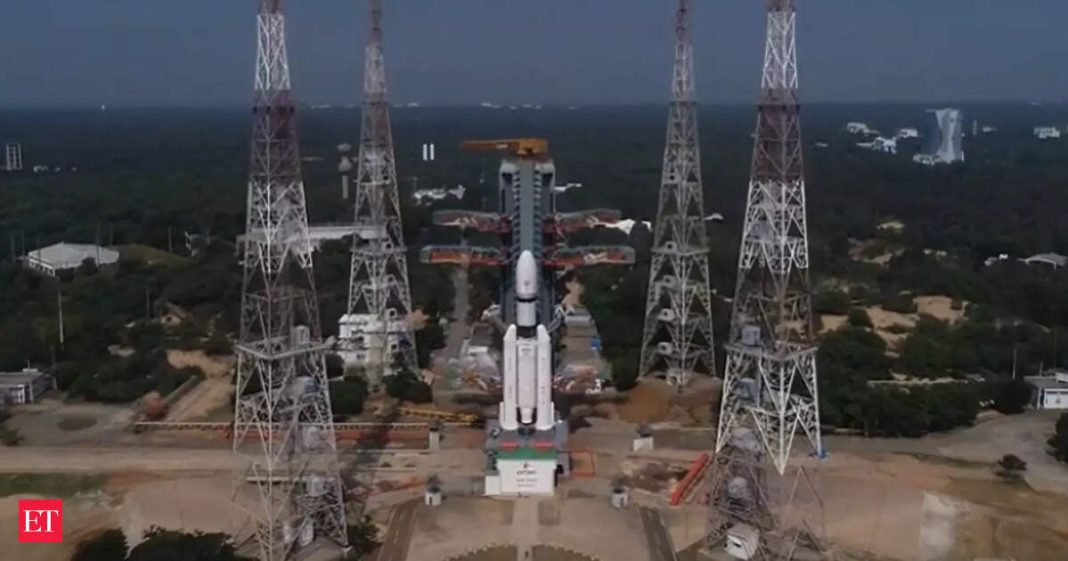Key Takeaways
- ISRO plans seven more launches this financial year, including first industry-built PSLV
- Chandrayaan-4 lunar sample return mission approved for 2028 launch
- Spacecraft production to triple in three years to meet growing demand
- Indian Space Station’s first module to launch by 2028, complete by 2035
- Gaganyaan crewed mission remains on track for 2027 despite uncrewed test delays
The Indian Space Research Organisation is embarking on its most ambitious phase yet with plans to triple spacecraft production and launch the groundbreaking Chandrayaan-4 mission by 2028. Chairman V Narayanan revealed that ISRO has seven more launches scheduled this financial year while maintaining the 2027 target for India’s first human spaceflight.
Major Missions on the Horizon
ISRO’s upcoming missions include a commercial communication satellite and multiple PSLV and GSLV launches. A significant milestone will be the first PSLV rocket completely manufactured by Indian industry, marking a new era in domestic space manufacturing capability.
The government has formally approved Chandrayaan-4, designed as India’s first lunar sample-return mission. “We are targeting 2028 for Chandrayaan-4,” Narayanan confirmed. This complex endeavor would place India among only four nations capable of returning moon samples, joining the US, Russia, and China.
Another key collaboration is LUPEX, the joint lunar polar exploration program with Japan’s JAXA, focused on studying water ice at the moon’s south pole.
Expanding Infrastructure and Capabilities
To support these ambitious missions, ISRO is dramatically scaling up production. The space agency plans to triple its annual spacecraft output within three years to meet growing mission demands.
Work has already begun on India’s own space station, with completion targeted for 2035. “The first of the five modules will be placed in orbit by 2028,” Narayanan stated. This achievement would make India the third nation to operate a permanent space station as the International Space Station nears retirement and China’s Tiangong becomes operational.
Gaganyaan Mission Status
Regarding India’s maiden human spaceflight program, Narayanan clarified that only uncrewed test missions have experienced schedule adjustments. “The crewed mission was always planned for 2027, and we are holding on to that date,” he emphasized. Three uncrewed test flights will precede the historic mission carrying Indian astronauts.
Looking further ahead, Prime Minister Narendra Modi has directed ISRO to work toward sending Indian astronauts to the lunar surface and returning them safely by 2040. This long-term vision aligns India with global space powers pursuing crewed moon missions.
Economic Growth and Private Sector Boom
India’s space economy is experiencing remarkable growth, currently valued at $8.2 billion and projected to reach $44 billion by 2033. The country’s share of the global space economy stands at around 2%, with plans to increase this to 8% by 2030.
Space sector reforms have dramatically boosted private participation, with over 450 industries and 330 startups now active in India’s space ecosystem. “We now have a vibrant base ecosystem, and it will grow further,” Narayanan observed, noting the massive expansion from just three startups a few years ago.
The private space industry has accelerated significantly following regulatory reforms in 2020, enabling private rocket development, satellite manufacturing, and commercial launch services to flourish.




